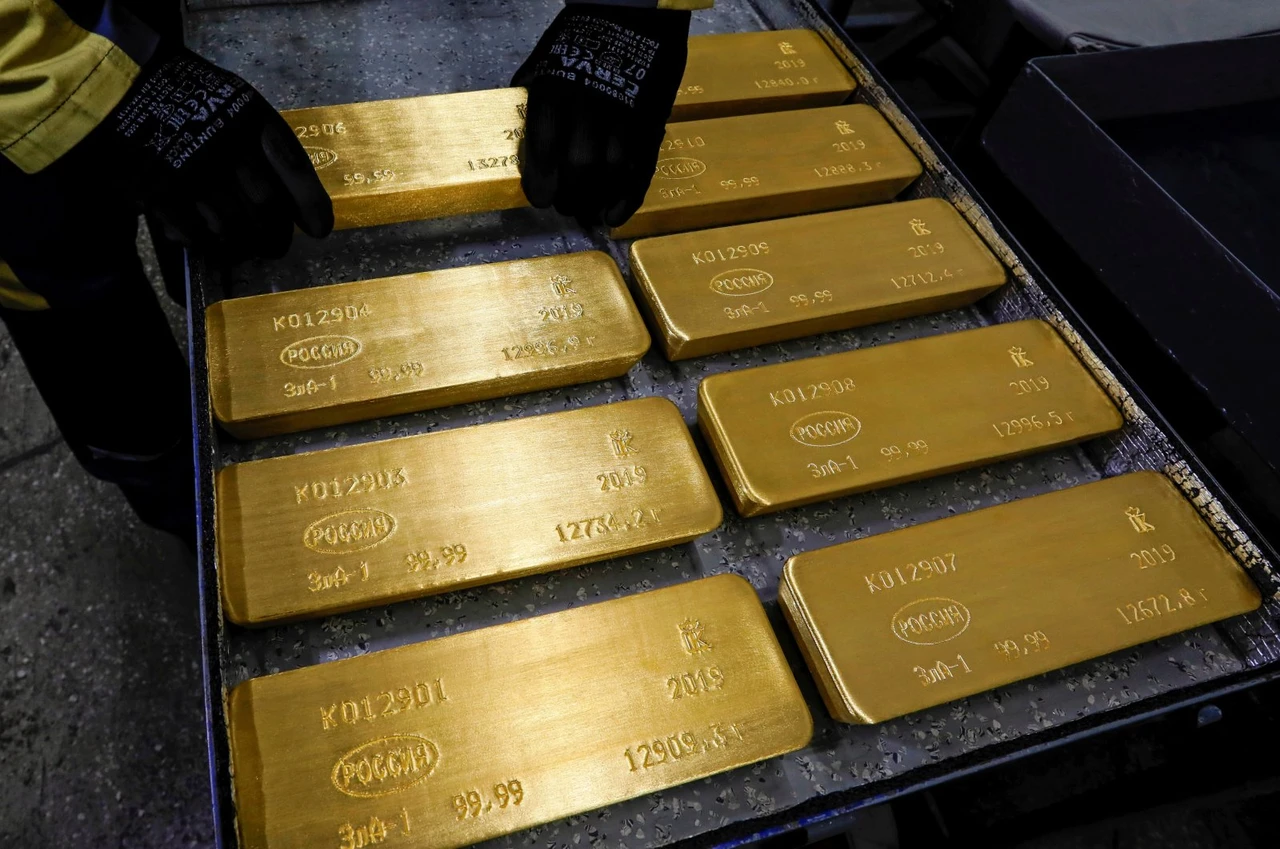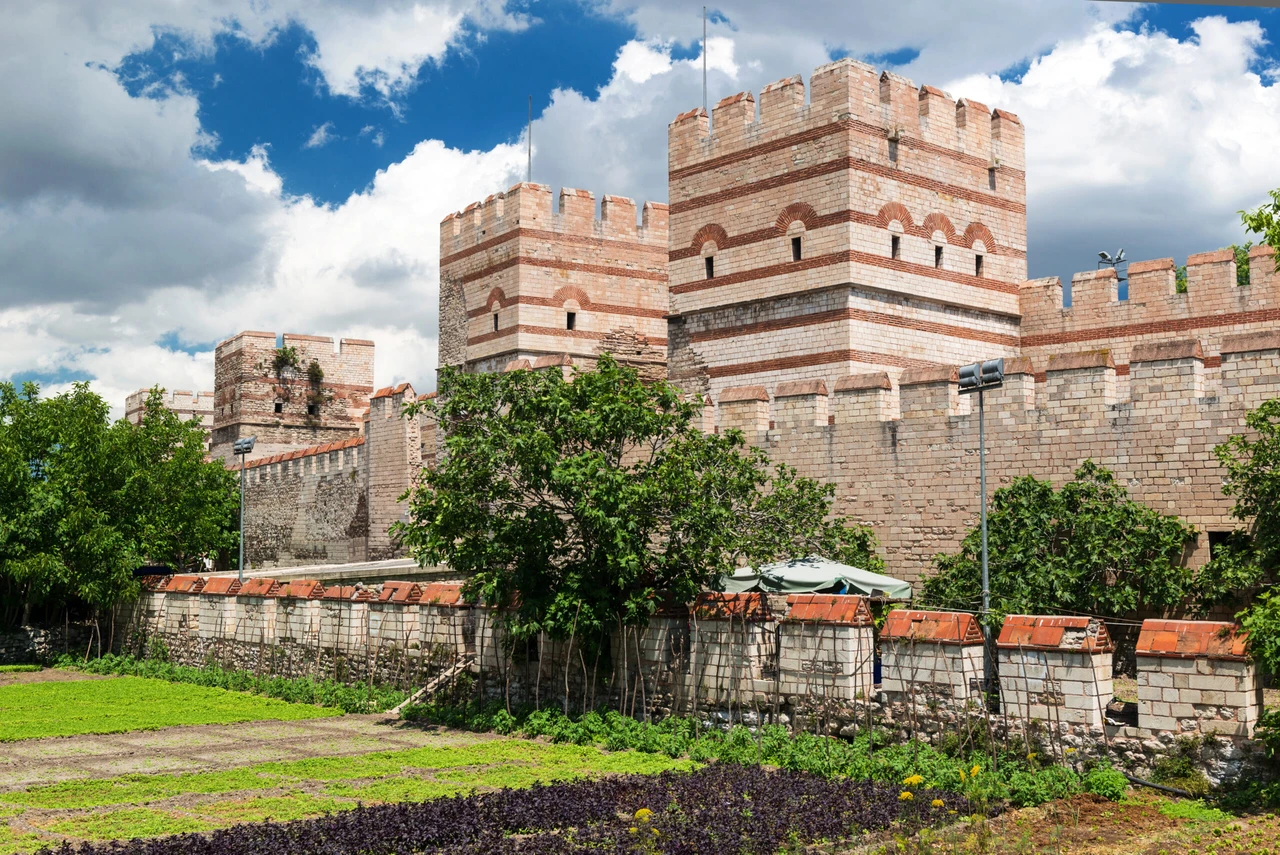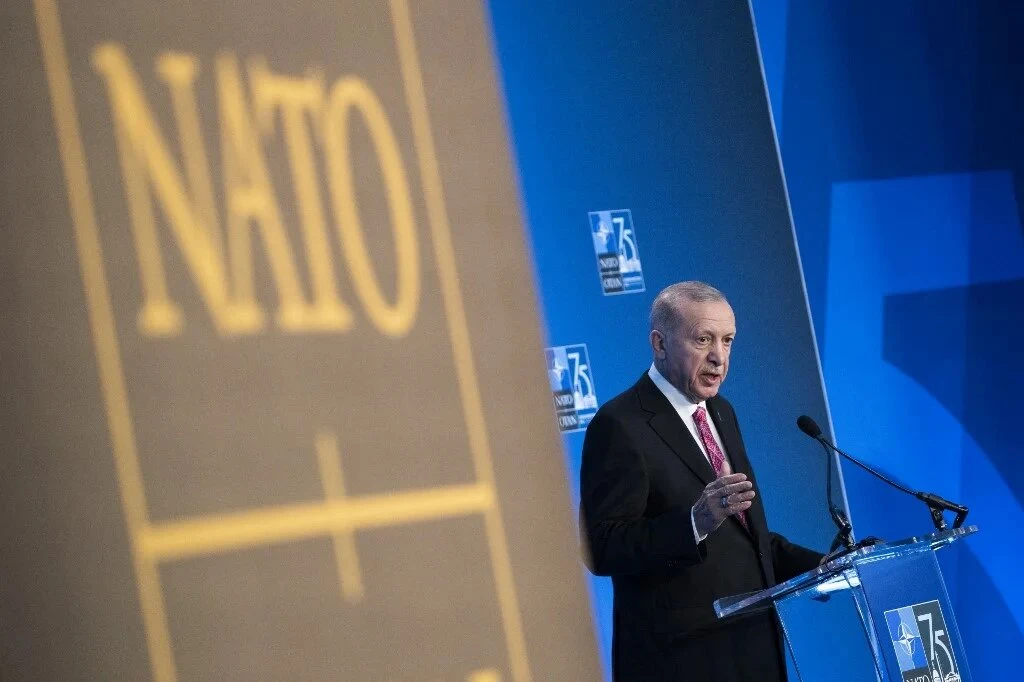Why central banks turn to gold as a safeguard?
 An employee stores marked ingots of 99.99% pure gold on a cart at a plant in Krasnoyarsk, Russia, April 9, 2019. (Reuters Photo)
An employee stores marked ingots of 99.99% pure gold on a cart at a plant in Krasnoyarsk, Russia, April 9, 2019. (Reuters Photo)
Central banks worldwide, including Türkiye, India, and Poland, are increasingly turning to gold to safeguard against the volatile economic landscape and geopolitical risks, such as the Russia-Ukraine war.
Gold rush among central banks
Factors influencing the gold market include the strength of the US dollar, inflation rates, and demand for gold jewelry. Central bank purchases, particularly by large economies, also significantly impact gold prices.
- The second quarter of 2024 saw a global gold demand of 183 tons by central banks, marking a 6% increase year-on-year but a 39% decrease compared to the previous quarter.
- The price of gold surged past $2,500 per ounce during this period, driven by rising demand from central banks and individual investors.
Which countries are obsessed with gold?
- Poland: Poland has emerged as the leading gold purchaser, with the National Bank of Poland (NBP) acquiring 19 tons in the second quarter of 2024, pushing its reserves to 377.4 tons. This move aligns with the NBP’s strategy to have gold constitute 20% of its reserves up from the current 14.7%, as outlined by Governor Adam Glapinski.
- Türkiye: The Central Bank of the Republic of Türkiye (CBRT) added 15 tons of gold to its reserves in the second quarter of 2024, bringing its total gold purchases for the year to 45 tons. This move underscores Türkiye’s commitment to bolstering its financial security through gold amid ongoing economic challenges.
Who is outlier: Türkiye is among several nations, including India, Jordan, Qatar, and Russia, significantly increasing gold purchases. In contrast, China has reduced its gold acquisitions in Q2, a shift that raises questions about its long-term strategy amidst ongoing geopolitical challenges.
Why do central banks purchase gold?
- Economic shield: Central banks are increasingly turning to gold to protect against economic instability and geopolitical risks. Gold’s stable performance during crises and its role as a hedge against inflation make it a preferred asset.
- Regional security concerns: In Poland, the increase in gold purchases is partly driven by concerns over regional security, particularly the potential spillover of the Russia-Ukraine conflict and the Israel-Hamas conflict. Similarly, Türkiye’s strategic accumulation of gold reflects a broader effort to safeguard against potential economic disruptions.
- Diversification: Beyond serving as a safe haven, gold allows central banks to diversify their reserves away from traditional assets like currencies, which can be more volatile in uncertain times.
What experts say?
- Looking forward, market analysts like Grzegorv Dróżdż from Conotoxia suggest that while gold prices might correct slightly by the year’s end, they are expected to remain above $2,500 per ounce. The continued weakening of the US dollar could further bolster gold’s performance relative to other assets.
- Central banks, including Türkiye’s, are likely to continue their gold-buying spree as part of broader strategies to shield their economies from global economic uncertainties and reduce reliance on dominant currencies like the US dollar.
- This convergence of factors—from Türkiye’s efforts to stabilize the lira to global central banks’ strategic gold purchases—illustrates the complex dynamics at play in the current global financial environment.



